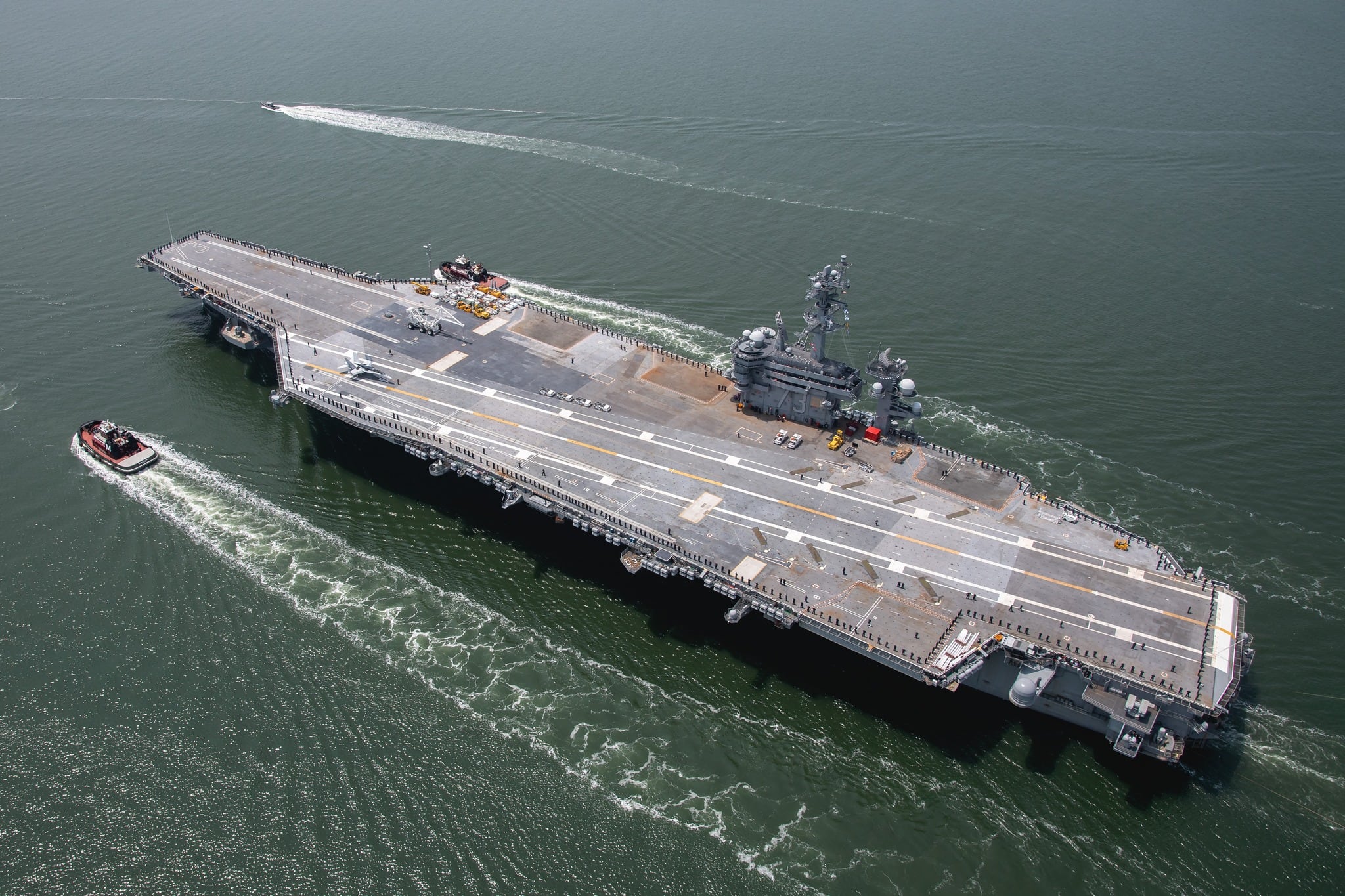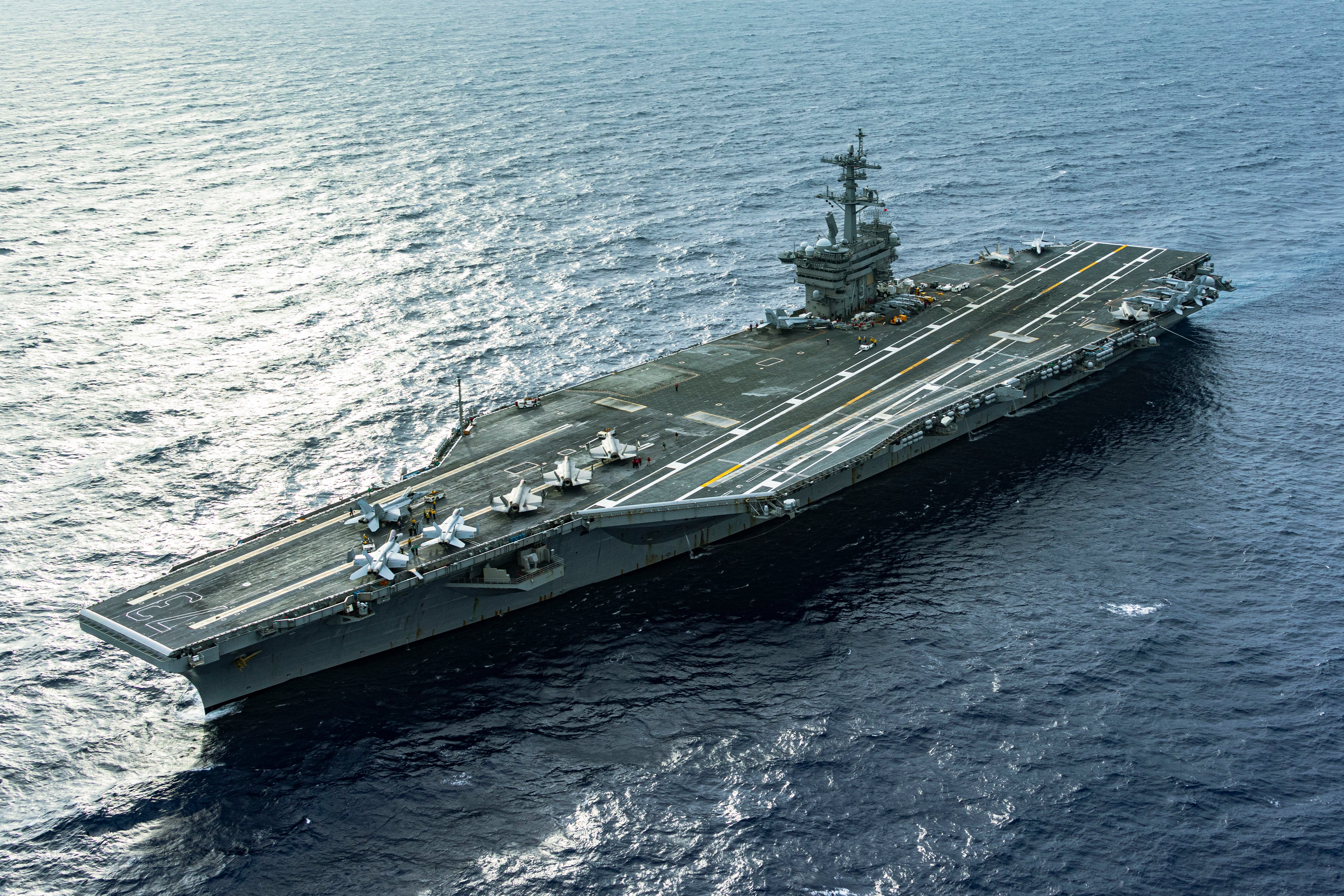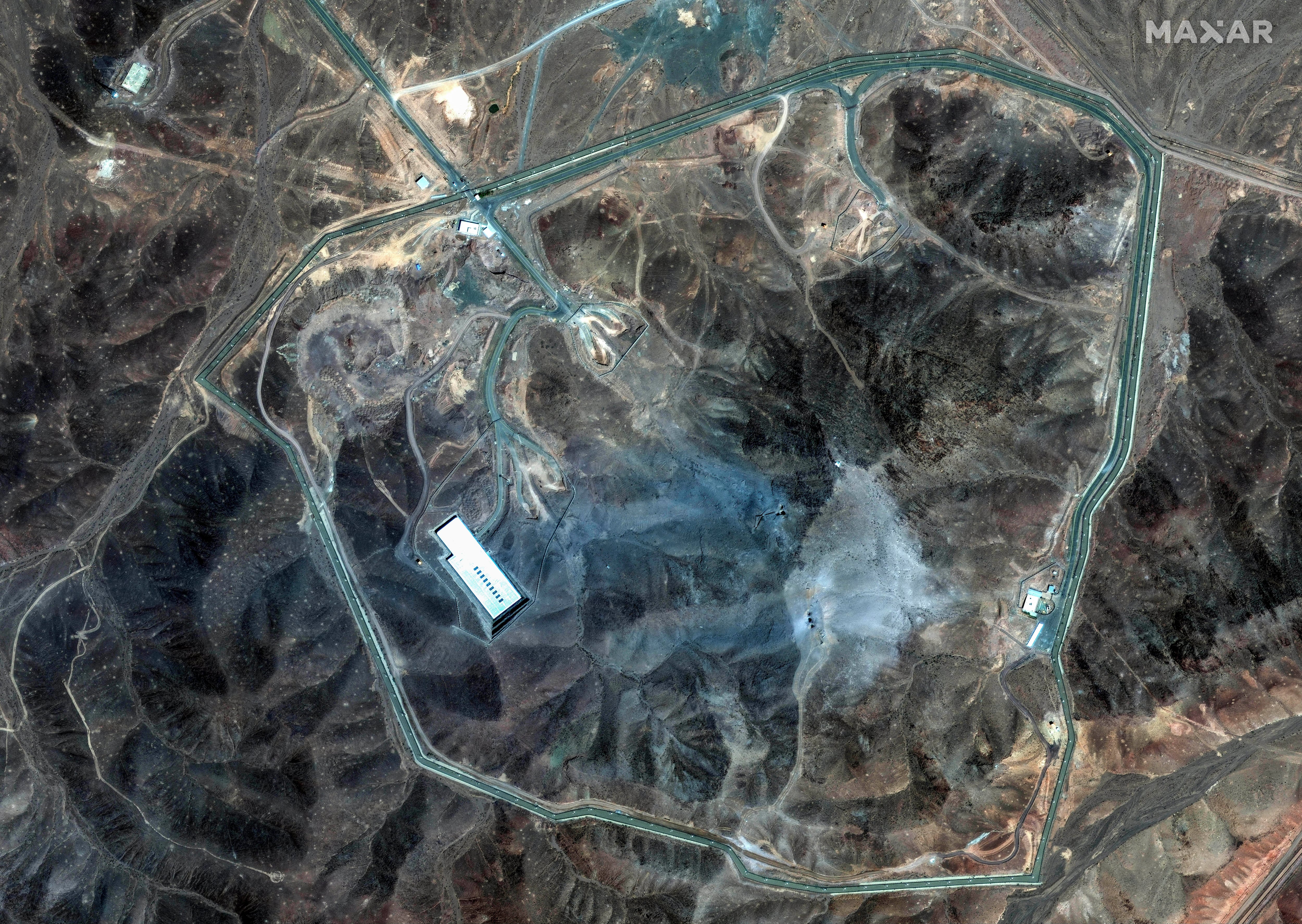The aircraft carrier George Washington concluded maintenance at Newport News Shipbuilding in Virginia on Tuesday — several years behind schedule.
The ship, which started its mid-life refueling and complex overhaul known as an RCOH in 2017, is now conducting sea trials. The ship originally was slated to wrap up the RCOH in 2021 under a four-year timeline.
“USS George Washington (CVN 73) got underway from the Huntington Ingalls Industries Shipyard in Newport News for Sea Trials May 22,” Navy spokesperson Cmdr. Jackie Pau said in a statement to Navy Times. “The Navy-Industry team has worked closely together to complete remaining production, test, and certification work on George Washington and is looking forward to redelivery of George Washington back to the Fleet as soon and as safely as possible.”
RELATED
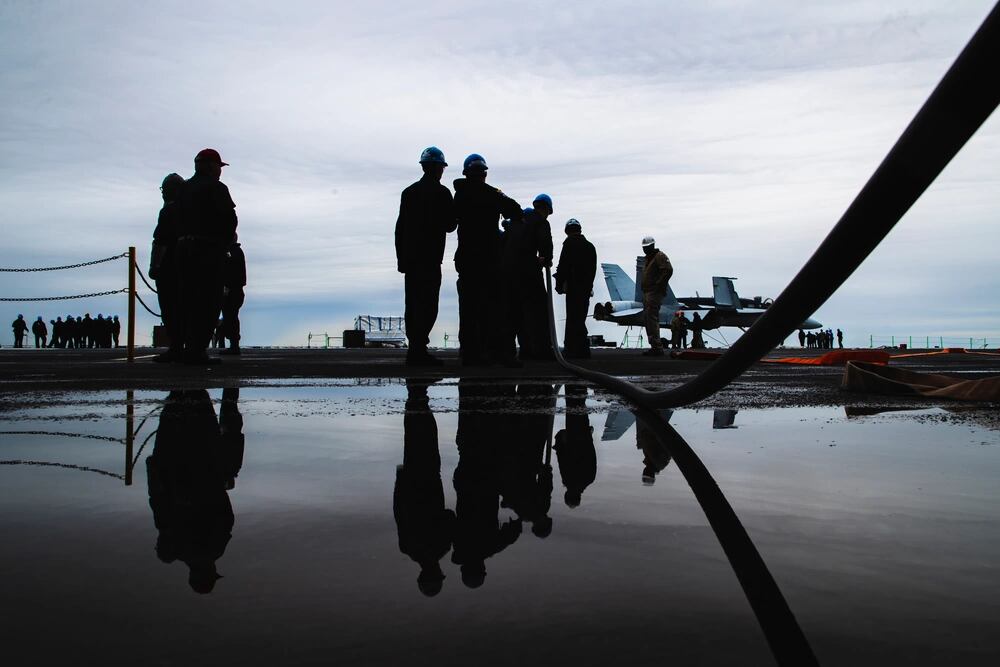
Lt. Cmdr. Dawn M. Stankus, a spokesperson for Naval Air Force Atlantic, said the ship will head to nearby Naval Station Norfolk once sea trials conclude.
“Upon redelivery to the U.S. Navy Fleet, and return to Naval Station Norfolk, George Washington will represent the most modern baseline configuration for Nimitz-class carriers, including upgrades to the island, mast & tower, C4ISR systems, weapons systems, radars and upgrades for full F-35 Joint Strike Fighter capability,” Stankus said in an email to Navy Times.
The longer-than-expected RCOH was due to an unplanned growth in work, labor inefficiencies and the COVID-19 pandemic, which led to the need to quarantine teams and supply chain delays, Navy officials previously told Navy Times’ sister publication, Defense News.
On its long road back to mission capability, thye work on the carrier revealed how dire shipyard conditions impact sailor welfare and how the brass at times has failed its more junior sailors who have to work and live aboard carriers during maintenance.
Investigations into a cluster of suicides among junior-enlisted GW sailors revealed systemic shortcomings that Navy brass have since vowed to fix.
GW’s long maintenance also led to allegations of tone-deafness against former Master Chief Petty Officer of the Navy Russell Smith, who addressed the crew shortly after multiple crew suicides last spring and told them to “manage expectations” when it comes to working bathrooms, food quality and living in the massive construction zone that GW became during its overhaul.
RELATED
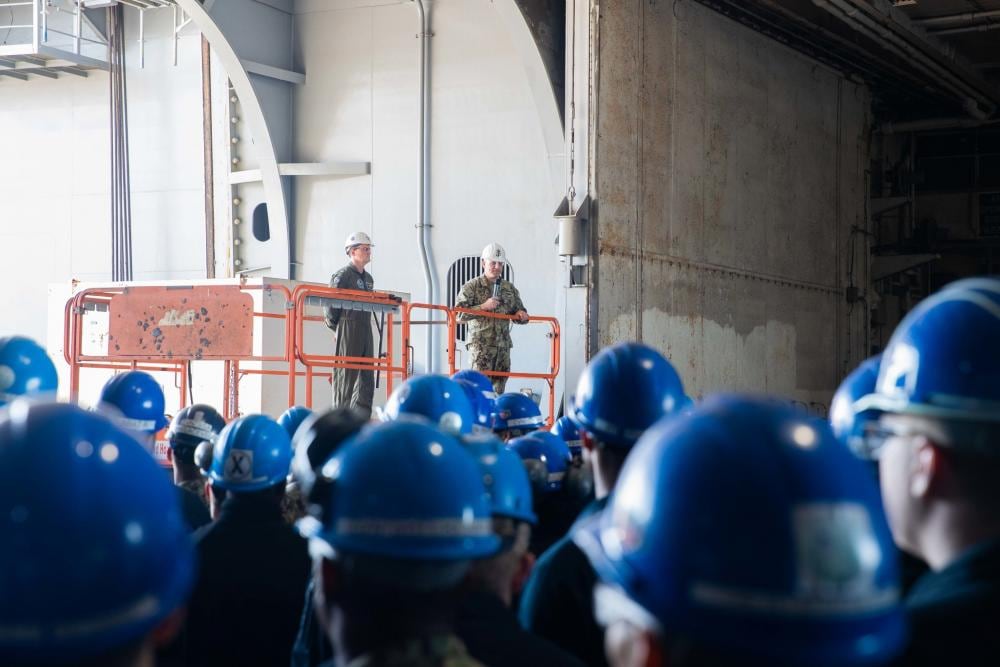
The RCOHs are completed at the 25-year mark in a carrier’s service life and are designed to refuel the nuclear power reactor and address other major maintenance issues and upgrades.
Images that Huntington Ingalls posted appear to show rust on the deck of the ship. The spots of rust on the deck, forward of the tower, were due to cargo containers that sat on the deck during the long maintenance, according to Naval Sea Systems Command spokesman Ohene Gyapong.
Other parts of the deck have a fresh coat of paint, but that rust won’t be busted until the ship is through trials, he said.
“You’re not giving the ship a white glove rundown when you’re getting ready to run it in sea trials,” Gyapong told Navy Times.
The carrier is poised to return to Yokosuka, Japan, next year after being based there for seven years prior to starting the RCOH. It will replace the aircraft carrier Ronald Reagan, which has served as the forward-deployed carrier since 2015.
Geoff is the managing editor of Military Times, but he still loves writing stories. He covered Iraq and Afghanistan extensively and was a reporter at the Chicago Tribune. He welcomes any and all kinds of tips at geoffz@militarytimes.com.
